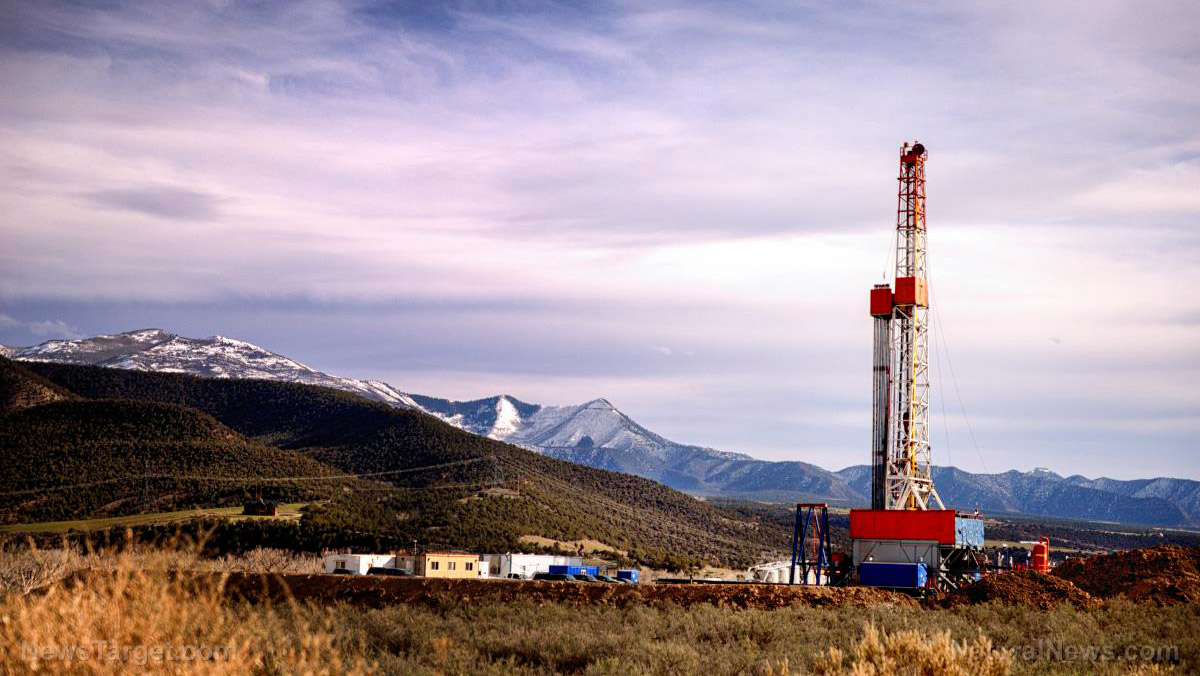
- President Trump's Interior Department has reopened 625 million acres of federal lands and waters for oil and gas drilling, reversing the Biden administration's climate-focused policies.
- The decision includes vast swaths of the Arctic National Wildlife Refuge (ANWR) and the National Petroleum Reserve-Alaska (NPR-A), totaling 42 million acres, previously off-limits under the Biden administration.
- Secretary Burgum unveiled a six-pillar plan to implement the Trump administration's energy agenda, emphasizing energy dominance, economic development and reduced energy costs for American families.
- The move aims to reduce America’s reliance on foreign oil and enhance national energy security, but has faced criticism from environmental groups concerned about the long-term environmental impact.
- The Trump administration's decision represents a significant policy shift with far-reaching economic and environmental consequences, rekindling the debate over the balance between energy development and environmental protection.
A historic reversal: From lockdown to liberation
The areas now open for leasing include vast swaths of the Arctic National Wildlife Refuge (ANWR) in Alaska and the National Petroleum Reserve-Alaska (NPR-A), totaling 42 million acres. These regions, previously off-limits under the Biden administration, are rich in oil and gas resources. The Biden administration had imposed strict restrictions on drilling, aiming to combat climate change and promote renewable energy. However, these policies were seen by many as overly restrictive and economically detrimental. "We are committed to working collaboratively to unlock America’s full potential in energy dominance and economic development to make life more affordable for every American family while showing the world the power of America’s natural resources and innovation," Secretary Burgum stated in a press release. The historical context of this decision is crucial. The energy policies of the past few decades have seen a pendulum swing between prioritizing fossil fuels and emphasizing renewable energy. The Reagan administration in the 1980s and the George W. Bush administration in the 2000s both favored expansive drilling, while the Obama and Biden administrations focused on environmental protection and climate action. Trump's latest move is a clear indication of his administration’s commitment to reversing what it sees as overreach and returning to a more balanced approach.The six-pillar plan: A blueprint for energy dominance
To implement President Trump's energy agenda, Secretary Burgum unveiled a comprehensive six-pillar plan:- Address the National Energy Emergency: The plan aims to stabilize energy markets and ensure reliable energy supply.
- Unleash American Energy: Encourage exploration and production on federal lands and waters.
- Deliver Emergency Price Relief for American Families: Reduce energy costs to alleviate financial burdens on households.
- Revoke Former President Biden's Offshore Drilling Bans: Reopen areas previously closed to drilling.
- Roll Back Regulations: Eliminate at least 10 existing regulations for every new one introduced, ensuring regulatory costs are offset.
- Unleash Alaska's Resource Potential: Maximize the economic benefits from Alaska’s vast natural resources.
Economic and security implications
The move is expected to have significant economic and security implications. By reopening these vast areas, the Trump administration aims to reduce America’s reliance on foreign oil, particularly from adversaries like Russia and Venezuela. This strategic shift is crucial for enhancing national energy security and bolstering the economy. "These actions will align U.S. energy policy with the nation’s current and future needs," said Erik Milito, president of the National Ocean Industries Association. "They will enhance energy security, bolster national defense, grow our economy and keep energy affordable for every household and business, reducing reliance on foreign adversaries."Environmental concerns and criticism
While the decision has been met with enthusiasm from the energy industry and conservative supporters, environmental groups have voiced strong opposition. The Wilderness Society, for instance, criticized the move, stating, "The new secretary hasn’t even had time to break in his chair at the Department of the Interior, and yet the Trump administration is already driving day-one actions to implement a drill-first agenda." The Biden administration’s efforts to protect critical habitats and promote renewable energy are being undone, raising concerns about the long-term environmental impact. However, Secretary Burgum and the Trump administration argue that the benefits of increased domestic energy production outweigh the risks, especially in the context of global economic and security challenges.Conclusion
The Trump administration’s decision to reopen 625 million acres for oil and gas drilling represents a significant policy shift with far-reaching economic and environmental consequences. While it promises to bring cheaper fuel and economic benefits, it also rekindles the debate over the balance between energy development and environmental protection. As the nation navigates this new landscape, the outcome will be closely watched by all stakeholders, from industry leaders to environmental advocates and everyday Americans looking for relief at the pump. Sources include: ClimateDepot.com FreeBeacon.com Doi.govGreen energy or green exploitation? How USAID’s climate agenda backfired on the developing world
By Willow Tohi // Share
Netanyahu vows to “open the gates of hell” if Hamas fails to release all hostages
By Cassie B. // Share
Trump’s Victory Triggers ‘Great Reveal,’ Exposes Deep State Corruption
By Finn Heartley // Share
Europe told to brace for flood of Ukrainian soldiers with PTSD
By News Editors // Share
Trump administration gives schools 14 days to scrap DEI policies or lose federal funding
By Cassie B. // Share
Afghan migrant arrested in Germany after fatally stabbing female boss
By lauraharris // Share
From lifesaving to life-threatening? Study finds CT scans could be causing cancer
By avagrace // Share
FDA moves to ban children's fluoride supplements amid growing health concerns
By isabelle // Share











